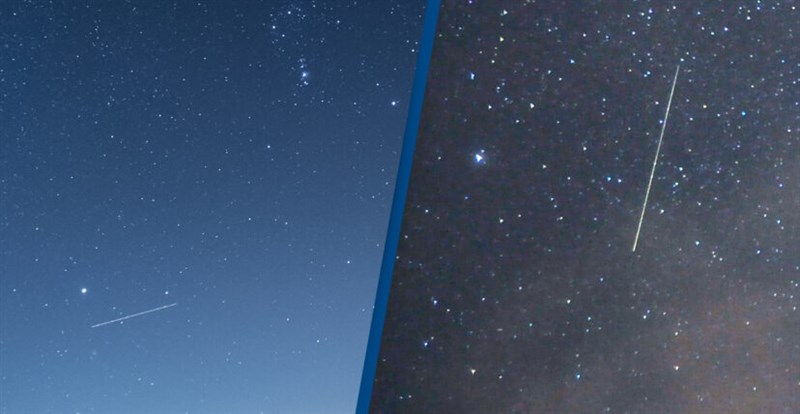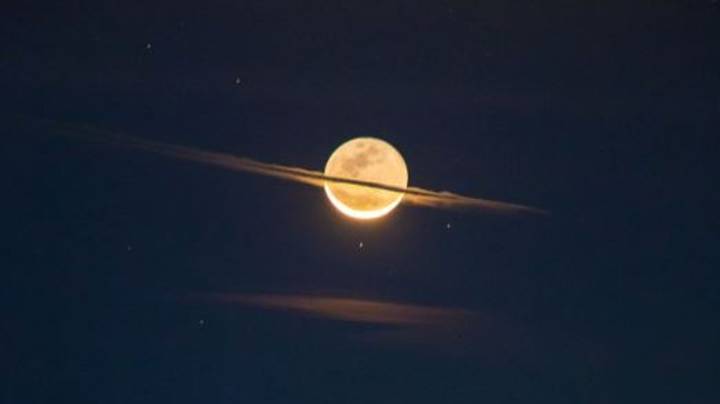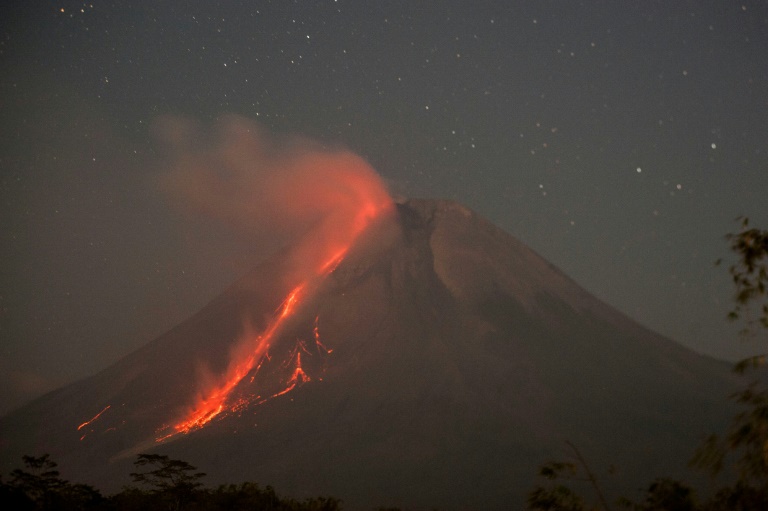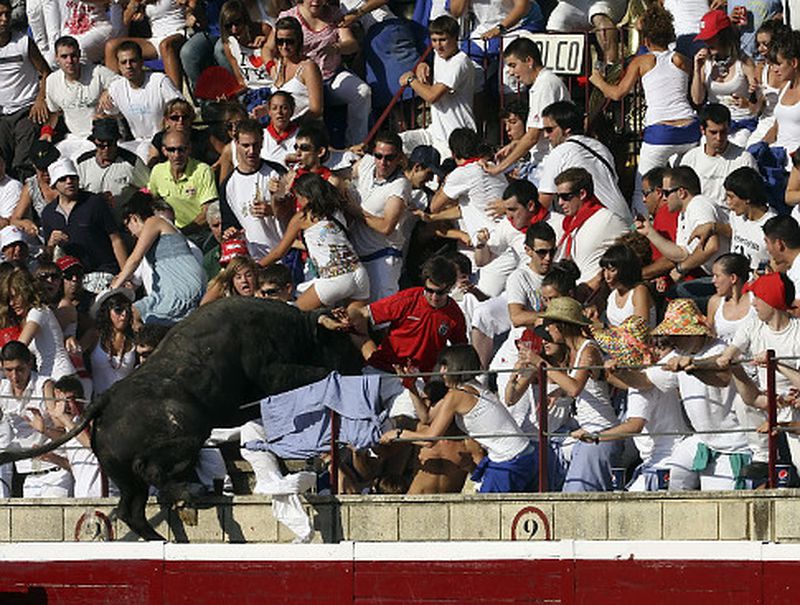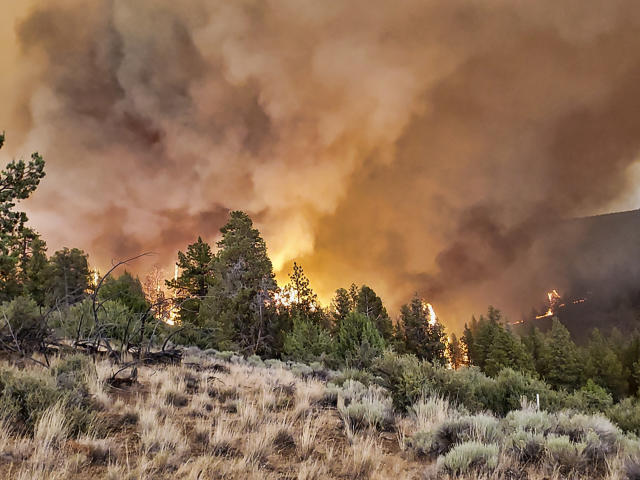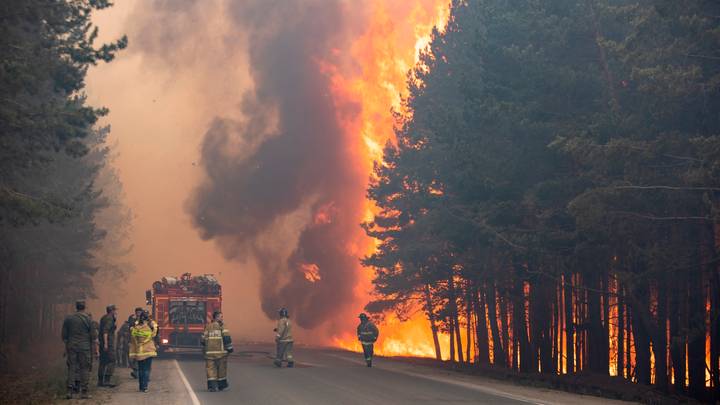Stargazers are in for a spectacular sight this October, with the Orionids’ shooting stars set to light up the night sky.
Orionid meteors crop up at about this time every year, at a point when planet Earth is travelling through a part of space strewn with debris from Halley’s Comet.
The Orionids are active from October 2 right up until November 7, with the peak usually occurring between October 20 and 24. This year, the peak morning is expected to fall on October 21.
Best viewed in the early hours before dawn, the Orionids can be seen in all their radiance just to the north of Betelgeuse, the bright star of Orion.
According to NASA, the Orionids are considered to be among ‘the most beautiful showers of the year’:
Orionid meteors are known for their brightness and for their speed. These meteors are fast — they travel at about 148,000mph (66km/s) into the Earth’s atmosphere. Fast meteors can leave glowing ‘trains’ (incandescent bits of debris in the wake of the meteor) which last for several seconds to minutes.
Fast meteors are also known to sometimes become fireballs, and those looking to the skies during this period are advised to keep an eye out for any ‘prolonged explosions of light’.



